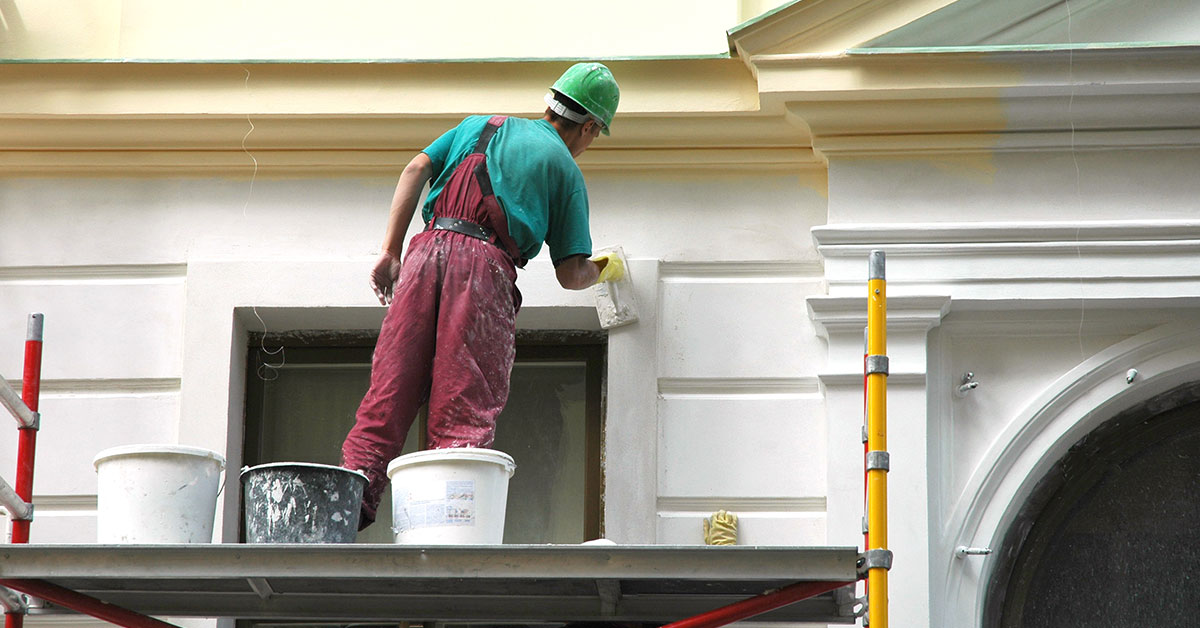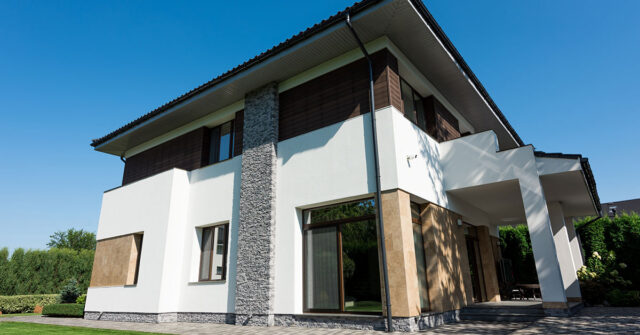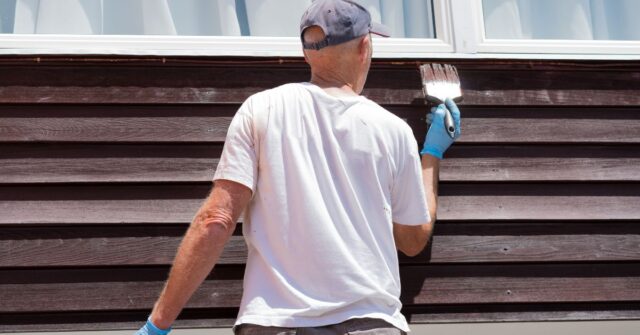Painting your house exterior is a great way to update the look of your home and add value. However, it can be a daunting task if you don’t know what you’re doing.
To help ensure your project goes smoothly, here are some dos and don’ts for painting your house exterior. Follow along to ensure a flawless finish at the end of your painting project.
Do: Clean All Surfaces Before Painting
Before any painting takes place, it is important to ensure that the surface is free of dirt, debris, and other contaminants like mildew or mould which can affect the adhesion of the paint.
Carefully inspect the area and use a pressure washer with an appropriate detergent to remove any dirt or grime.
Just make sure to rinse off all detergent residue with plain water and allow ample time for the surface to dry before applying primer or paint.
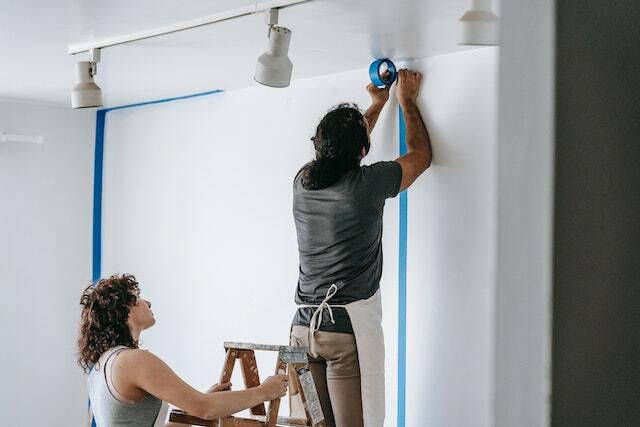
Do: Prepare The Area Properly With Tape
When preparing an area for painting, it is important to tape off any trim, such as window frames and door frames, with painter’s tape or masking tape.
This will help ensure that no paint gets onto the trim or other areas that you don’t intend to paint.
Additionally, outlining windows with tape can help create a clean line between your painted surface and any glass panes in your window frames.
Once you have taped off all of the necessary surfaces and outlined windows, you are ready to begin priming or painting.

Do: Use High-Quality Exterior Paint
High-quality exterior paints are available in a variety of colours and finishes, making it easy to find an option that fits your style and budget.
Additionally, they are designed to resist fading and peeling over time, so you can enjoy your freshly painted home for many years to come.
When selecting paint, make sure to choose one that is appropriate for your climate and the surface you are painting.
Many paints also have added features that can help protect against extreme weather conditions or other environmental factors.
Do: Paint From Top To Bottom Using Long Strokes
Once your surface is properly prepped and you have the right paint for the job, it’s time to start painting. Begin by painting from top to bottom in long strokes with a suitable brush.
This will help ensure that the paint evenly covers the surface.
When painting larger areas, it is more beneficial to use a roller instead of a straight brush. Rollers can cover a greater area faster and provide more even coverage than brushes.
Just make sure to use light, even strokes when rolling paint onto your house exterior.
Do: Apply Two Coats Of Paint For A Long-Lasting Finish
Once the first coat of paint is dry, it’s time to apply the second coat. This extra layer of paint will help ensure a long-lasting finish and provide better protection against weather damage or fading.
Additionally, you may want to consider using a clear sealer over your finished paint job for added protection. Sealers can help further prevent peeling, cracking, or fading over time.
Don’t: Skip Out On Repairing Damaged Areas
Before you begin painting, it is important to inspect the area for any damaged areas or cracks that need to be repaired.
Skipping out on repairs can cause paint to not properly adhere and lead to further damage down the track.
To repair cracks, caulk around windows and door frames before painting. For more serious damage, consider consulting with a professional painter or contractor.
With the proper preparation and care, you will achieve a beautiful finish when the painting is completed.

Don’t: Skip Priming Before Painting
Primer is an essential step in the painting process. It helps provide a base layer that can improve adhesion and help ensure that your paint job lasts for many years to come.
When selecting primer, make sure to choose one that is appropriate for the type of paint you are using and the surface you are painting.
This extra step can go a long way in ensuring that your home looks beautiful for many years to come.
Don’t: Paint In Extreme Temperatures
Before you start painting, make sure the temperature is suitable for painting.
Painting in extreme temperatures can cause paint to not dry or adhere properly, leading to further damage and an uneven finish.
Ideally, the temperature should be between 10 – 32°C (50-90°F). If it’s too hot or too cold, wait until the temperature is more suitable for painting.
Additionally, make sure to avoid painting on windy days or during rainstorms as this can cause paint splatter and uneven coverage.
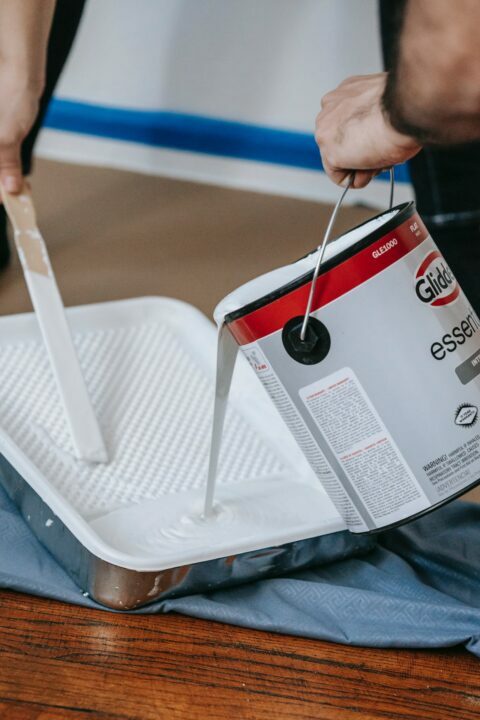
Don’t: Overload The Brush Or Roller
When applying paint, it is important to avoid overloading the brush or roller with too much paint.
Too much paint can result in drips and an uneven finish. Instead, it’s best to lightly dip the brush into the paint and remove any excess before applying with light strokes.
Conclusion
Painting your home’s exterior can be a daunting task, but with the right preparation and techniques, you can ensure that your paint job looks beautiful for years to come.
Take the time to properly prep the surface, use appropriate paints and primers, and apply two coats of paint in even strokes.
With these tips in mind, painting your home’s exterior can be a rewarding and satisfying experience.
Of course, if you are still lacking confidence in trying to do this yourself, it is best to call in the professionals. This will help ensure a great result with less stress on your part.

